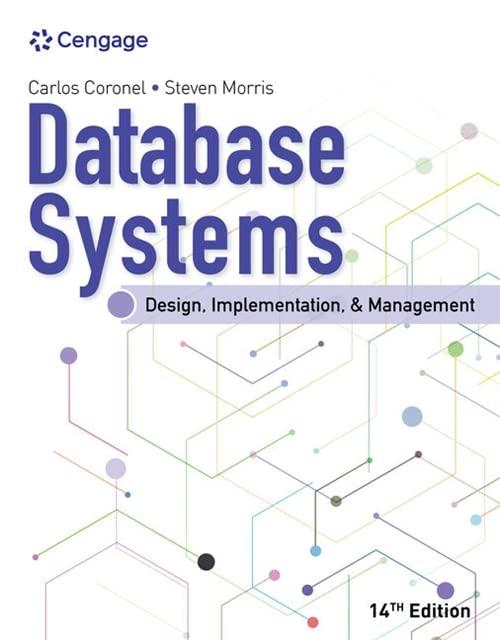Answered step by step
Verified Expert Solution
Question
1 Approved Answer
A vSphere cluster has the following configuration: Virtual machines ( VMs ) are running Production and Test workloads vSphere Distributed Resource Scheduler ( DRS )
A vSphere cluster has the following configuration:
Virtual machines VMs are running Production and Test workloads vSphere Distributed Resource
Scheduler DRS is enabled
There are no resource pools in the cluster
Performance monitoring data shows that the Production workload VMs are not receiving their fully allocated memory when the vSphere cluster is fully utilized.
A combination of which TWO steps could the administrator perform to ensure that the Production VMs are always guaranteed the full allocation of memory? Choose two.
A Assign a custom memory share value to the resource pool containing the Production VMs
B Assign a memory reservation value to the resource pool containing the Production VMs
C Create a parent resource pool for the Production VMs
D Create a sibling resource pool for each of the Production and Test VMs
E Create a child resource pool for the Test VMs
Step by Step Solution
There are 3 Steps involved in it
Step: 1

Get Instant Access to Expert-Tailored Solutions
See step-by-step solutions with expert insights and AI powered tools for academic success
Step: 2

Step: 3

Ace Your Homework with AI
Get the answers you need in no time with our AI-driven, step-by-step assistance
Get Started


